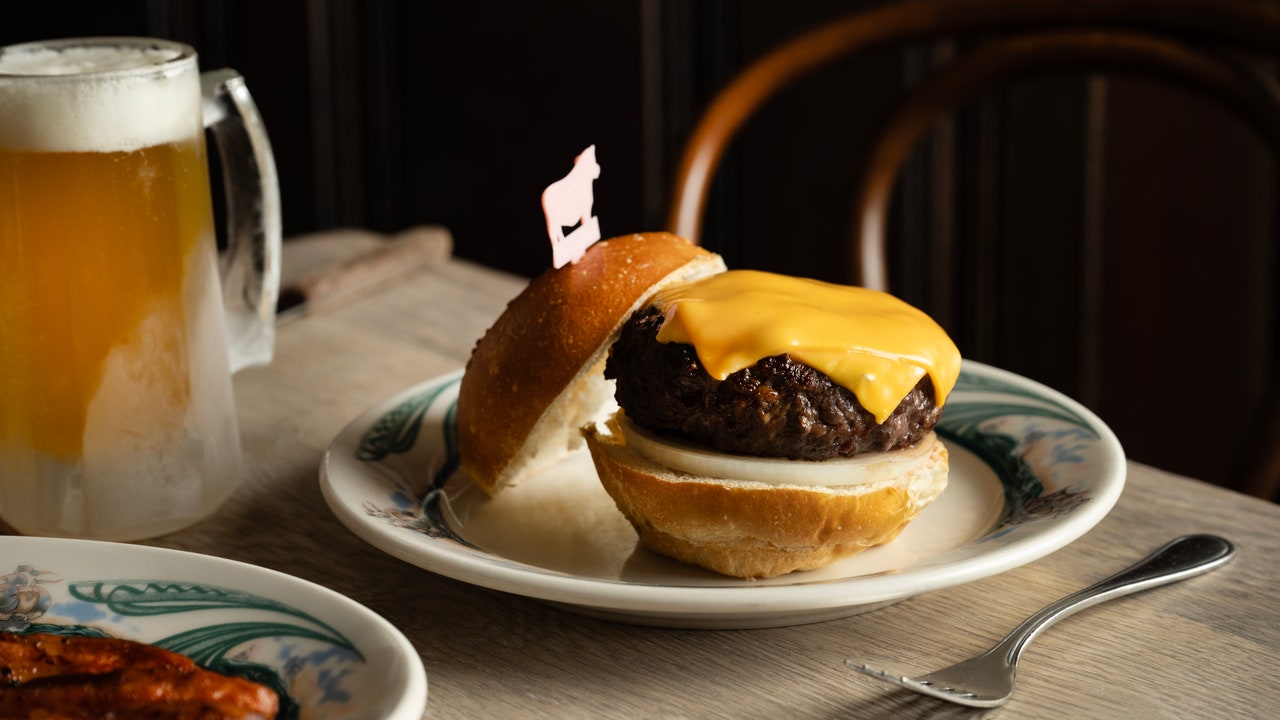Each year, when the crisp autumn leaves fall to the ground, an image of a carefree Meg Ryan sporting a shaggy lob—carrying a pumpkin in one arm and shopping bags in another—circulates the internet. While I have never been so starry-eyed during my walks throughout New York City— usually I’m profusely sweating, dodging someone body slamming me, and avoiding a misstep into dog excrement—this particular moment from 1998’s You’ve Got Mail encompasses the magic of Manhattan as depicted by the late director and screenwriter Nora Ephron, an aspirational, autumnal bubble that oozes optimism and pumpkin spice.
Ephron’s New York was always seen through rosy, fall-colored glasses, where unreliable subway systems and requisite garbage piles were replaced with a quirky, cozy city in which the possibilities of romance and a tree-shaded brownstone were endless. It’s a fantasy she may well have conjured up before moving there herself. In a 2009 cover story for New York Magazine, Ephron— who was born in New York but grew up in Beverly Hills—revealed that she knew she was destined to be in New York when she was five years old, calling the time in-between “a horrible intermission.” She writes: “I’d spent those sixteen years imagining what New York was going to be like. I thought it was going to be the most exciting, magical, fraught-with-possibility place that you could ever live in; a place where if you really wanted something, you might be able to get it; a place where I’d be surrounded by people I was dying to be with. And I turned out to be right.”
Because Ephron is so synonymous with the Big Apple, it’s easy to forget that she was from the West Coast, but that’s a testament to how inherently she knew her particular slice of New York and how to crystallize it—albeit through a privileged, Upper West Side lens featuring personally approved spots. You see it in her journalism, as she waxed poetic for the New Yorker about The Apthrop, the stately Upper West Side apartment building she called home for years, and the cookbook that kicked off her life of schmoozing in the city. And over the years, New York, the way Ephron imagined it, has lived on as an unofficial, yet ever-present character in her films—and in the imaginations of viewers around the world.

















Leave a Reply